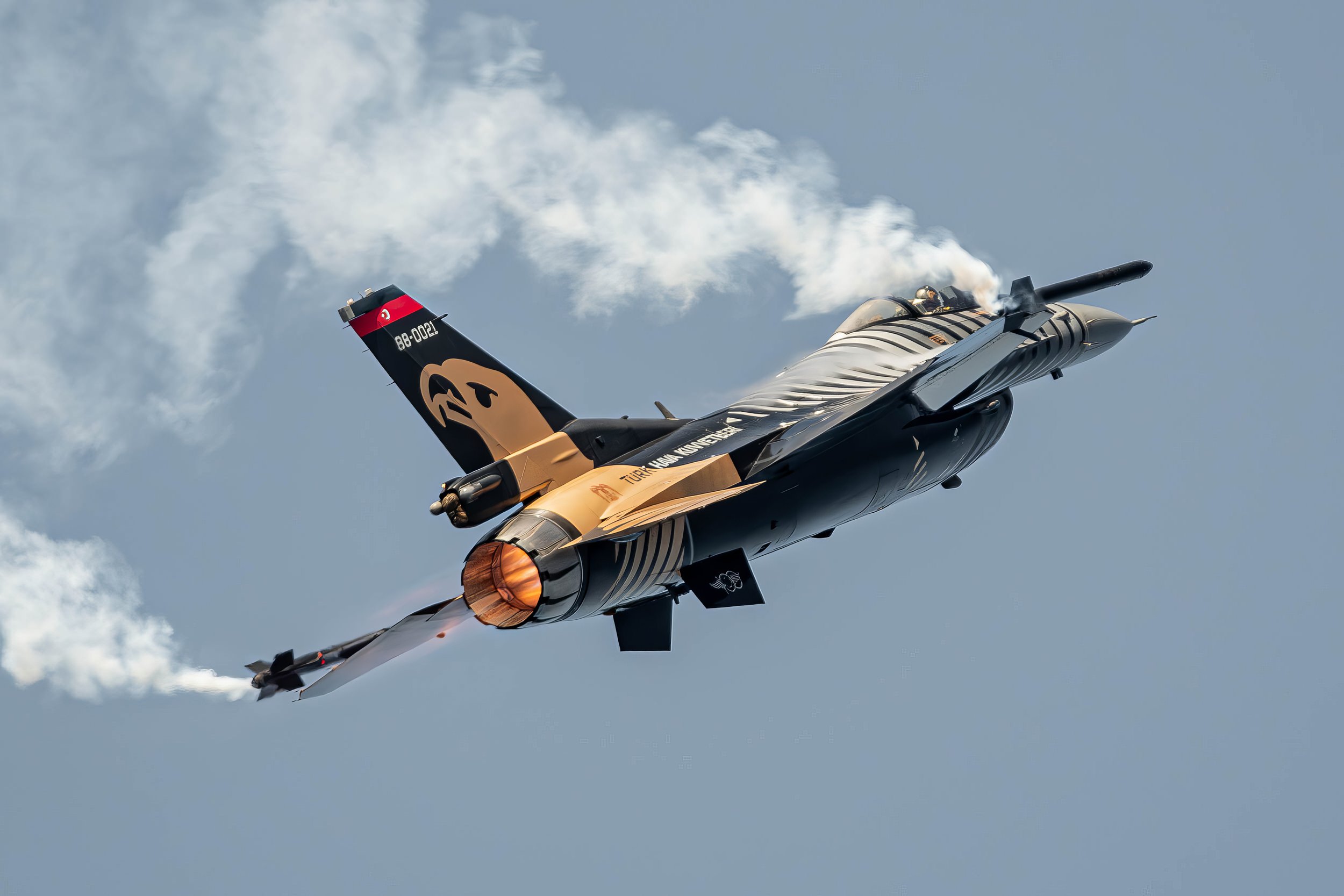Italian Air Force Spartan Solo Display
Country
Italy
Aircraft
C-27J Spartan
Base
Pratica di Mare Air Base
Leonardo C-27J Spartan
The Alenia C-27J Spartan is a military transport aircraft developed and manufactured by Leonardo's Aircraft Division (formerly Alenia Aermacchi until 2016). It is an advanced derivative of Alenia Aeronautica's earlier G.222, equipped with the engines and various other systems also used on the larger Lockheed Martin C-130J Super Hercules. In addition to the standard transport configuration, specialized variants of the C-27J have been developed for maritime patrol, search and rescue, C3 ISR (command, control, communications, intelligence, surveillance and reconnaissance), fire support/ground-attack and electronic warfare missions.
In 2007, the C-27J was selected as the Joint Cargo Aircraft (JCA) for the United States military; these were produced in an international teaming arrangement under which L-3 Communications served as the prime contractor. In 2012, the United States Air Force (USAF) elected to retire the C-27J after only a short service life due to budget cuts; they were later reassigned to the U.S. Coast Guard and the United States Special Operations Command. The C-27J has also been ordered by the military air units of Australia, Bulgaria, Chad, Italy, Greece, Kenya, Lithuania, Mexico, Morocco, Peru, United States, Romania, Slovakia, Zambia and an undisclosed country.
In 1995, Alenia and Lockheed Martin began discussions to improve Alenia's G.222 using C-130J's glass cockpit and a more powerful version of the G.222's T64G engine and three-blade propellers. In 1996, a program began on an improved G.222, named C-27J; it used a U.S. military type designation based on the G.222's C-27A designation. In 1997, Alenia and Lockheed Martin formed Lockheed Martin Alenia Tactical Transport Systems (LMATTS) to develop the C-27J. The design changed to use the C-130J Super Hercules's Rolls-Royce AE 2100 engine and six-blade propeller. Other changes include fully digital MIL-STD-1553 systems and avionics architecture, and an updated cargo compartment for increased commonality. The C-27J has a 35% increase in range and a 15% faster cruise speed than the G.222.
By 2005, the U.S. Army had identified the need to replace its ageing Short C-23 Sherpa lifter. In lieu of adequate fixed-wing airlift availability, the CH-47 helicopter fleet was being worked hard on the "last tactical mile" to supply forward-placed troops; thus the U.S. Army sought the C-27J for its direct support capabilities, and to reduce demands on the CH-47 fleet. In 2006, LMATTS was dissolved when Lockheed Martin offered the C-130J in 2006 as a contender in the same U.S. Army and U.S. Air Force Joint Cargo Aircraft (JCA) competition in which the C-27J was competing. Alenia Aeronautica then paired with L-3 Communications, forming the Global Military Aircraft Systems (GMAS) joint venture to market the C-27J; Boeing also joined GMAS.
GMAS bid the C-27J in the JCA competition against Raytheon and EADS North America's C-295 to replace existing Short C-23 Sherpa, Beechcraft C-12 Huron and Fairchild C-26 Metroliners in the Army National Guard, and as a substitute tactical airlifter for Air National Guard groups or wings losing C-130s to retirement or Base Realignment and Closures. By November 2006, the C-27J completed the U.S. Department of Defense's Early User Survey evaluations, having flown a total of 26 hours and surpassed all requirements. GMAS also announced that the C-27J will be assembled at a facility at Cecil Field, Duval County, Florida. The JCA's final selection was expected in March 2007, however, it was postponed until 13 June 2007, when the Pentagon announced the award of a US$2.04 billion contract for 78 C-27Js, including training and support, to GMAS.
On 22 June 2007, Raytheon formally protested the JCA contract award for the C-27J. On 27 September 2007, the GAO announced that it had denied Raytheon's protest, thereby allowing the Pentagon to proceed with procurement; at this time, the U.S. Army had a requirement for up to 75 aircraft in the Army National Guard; the Air Force had a requirement for up to 70 aircraft in the Air Force Special Operations Command and the Air National Guard. The first C-27J was planned to be delivered to the joint U.S. Army–Air Force test and training program in June 2008. The first flight of a U.S. C-27J occurred on 17 June 2008.
In November 2020, Leonardo launched the C-27J Next Generation programme with new equipment, systems and aerodynamic solutions to improve operating efficiency and enhance performance. The New Generation features comprehensive new avionics to comply with the Performance-Based Navigation international standard to operate in civil air space without limitations and to enhance interoperability in tactical scenarios. While the new winglets contribute to improve climb performance and increase the MTOW by up to 1,000 kg.
| Back to Top |
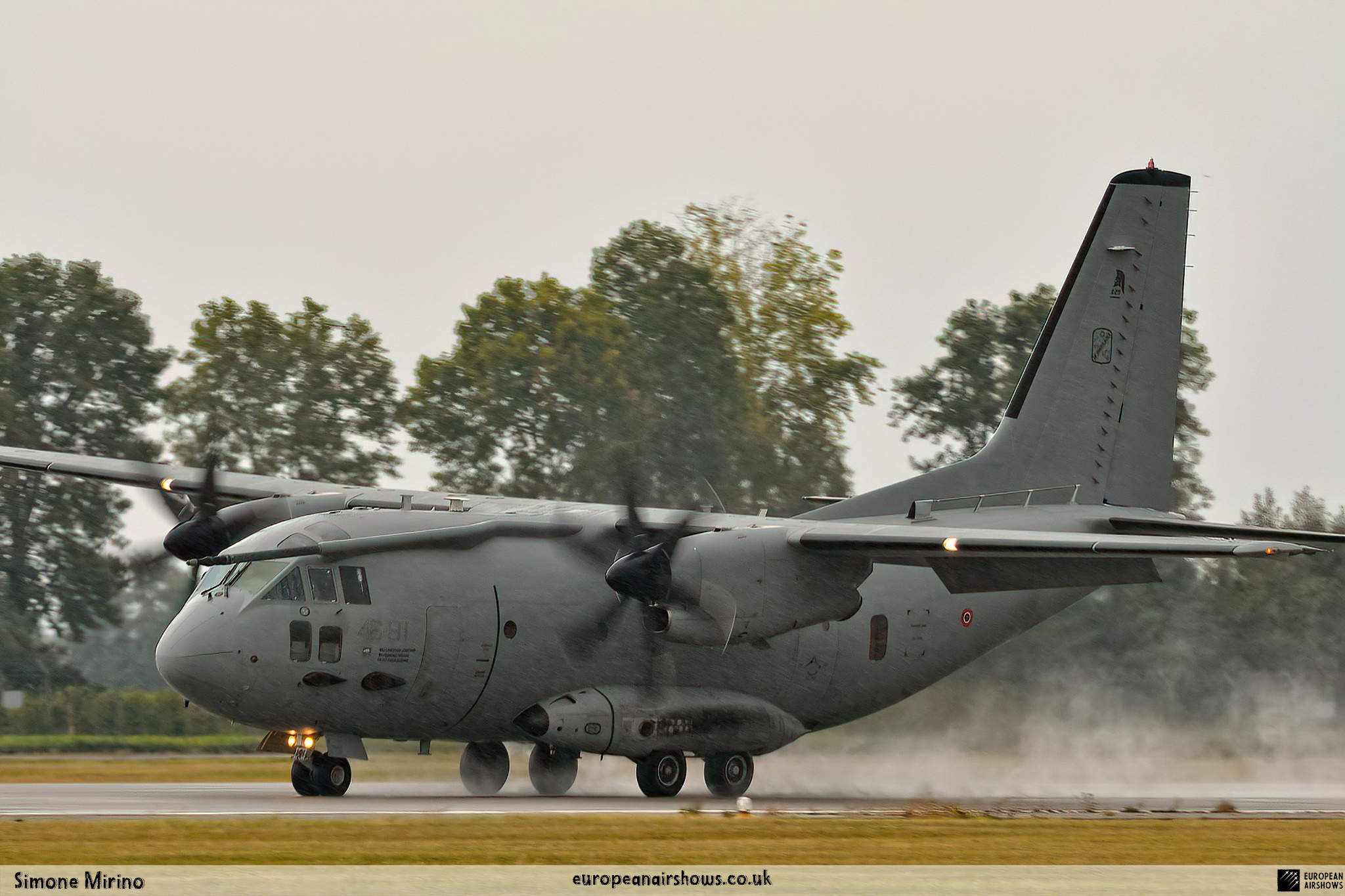
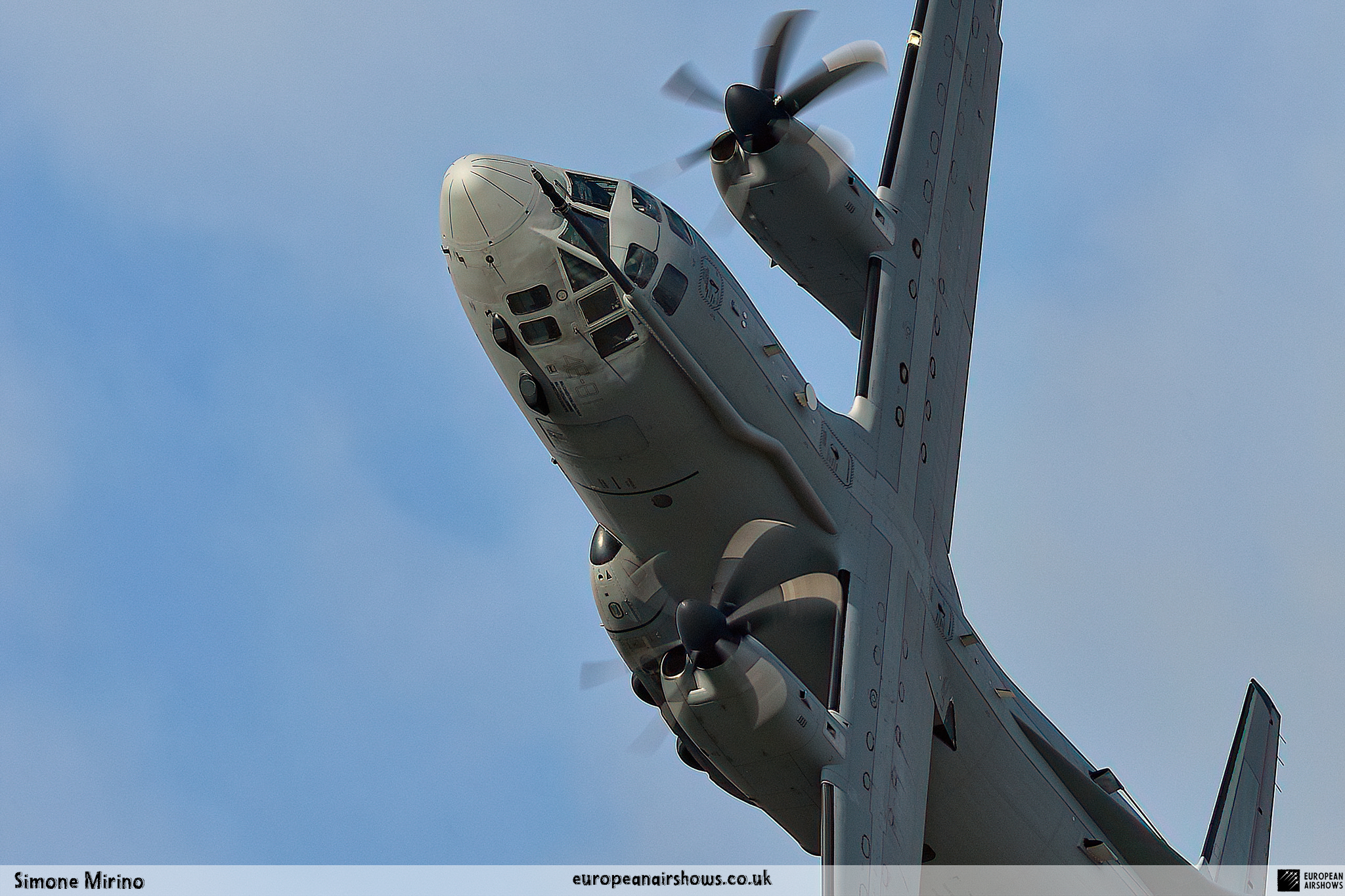
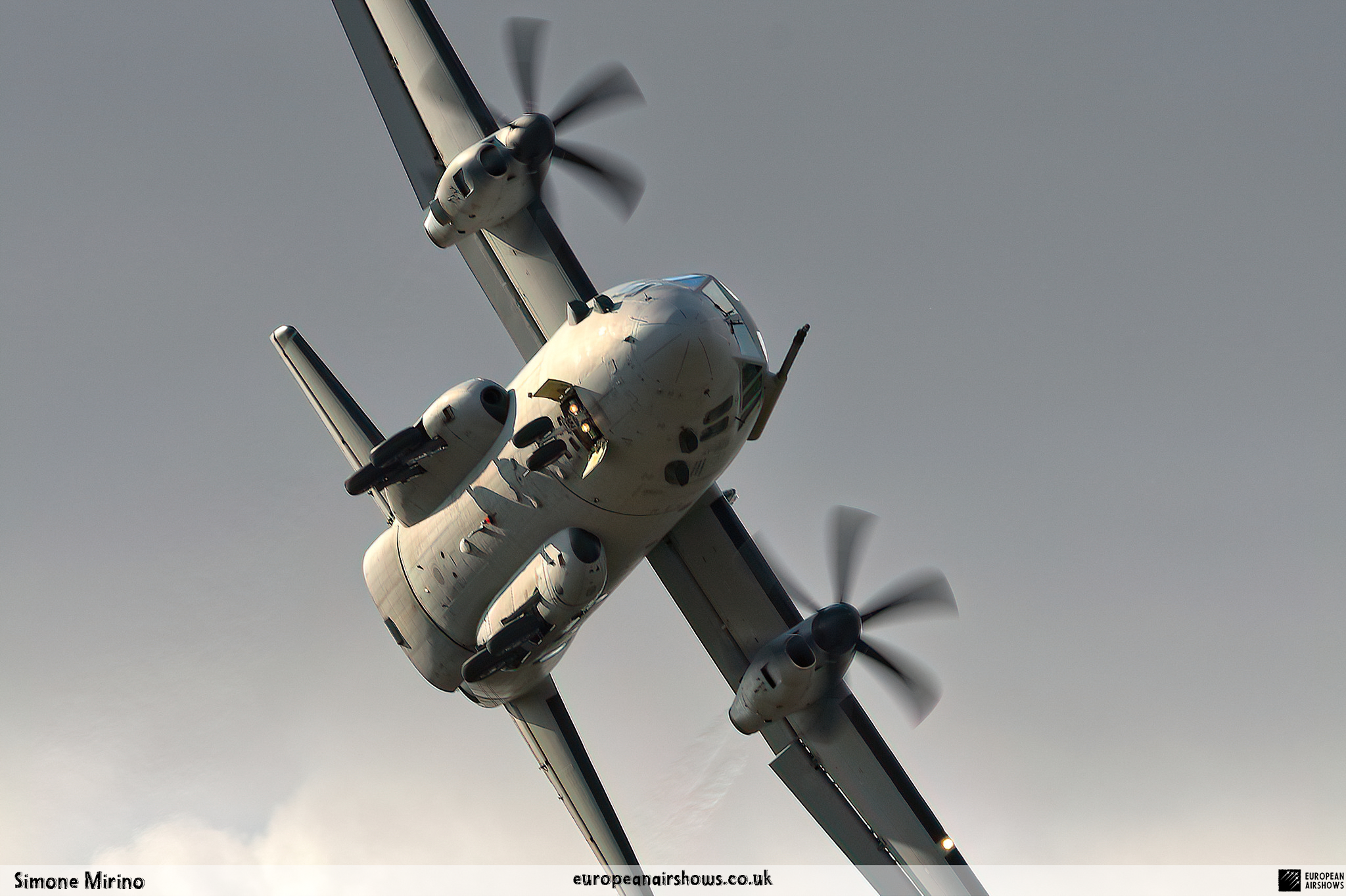
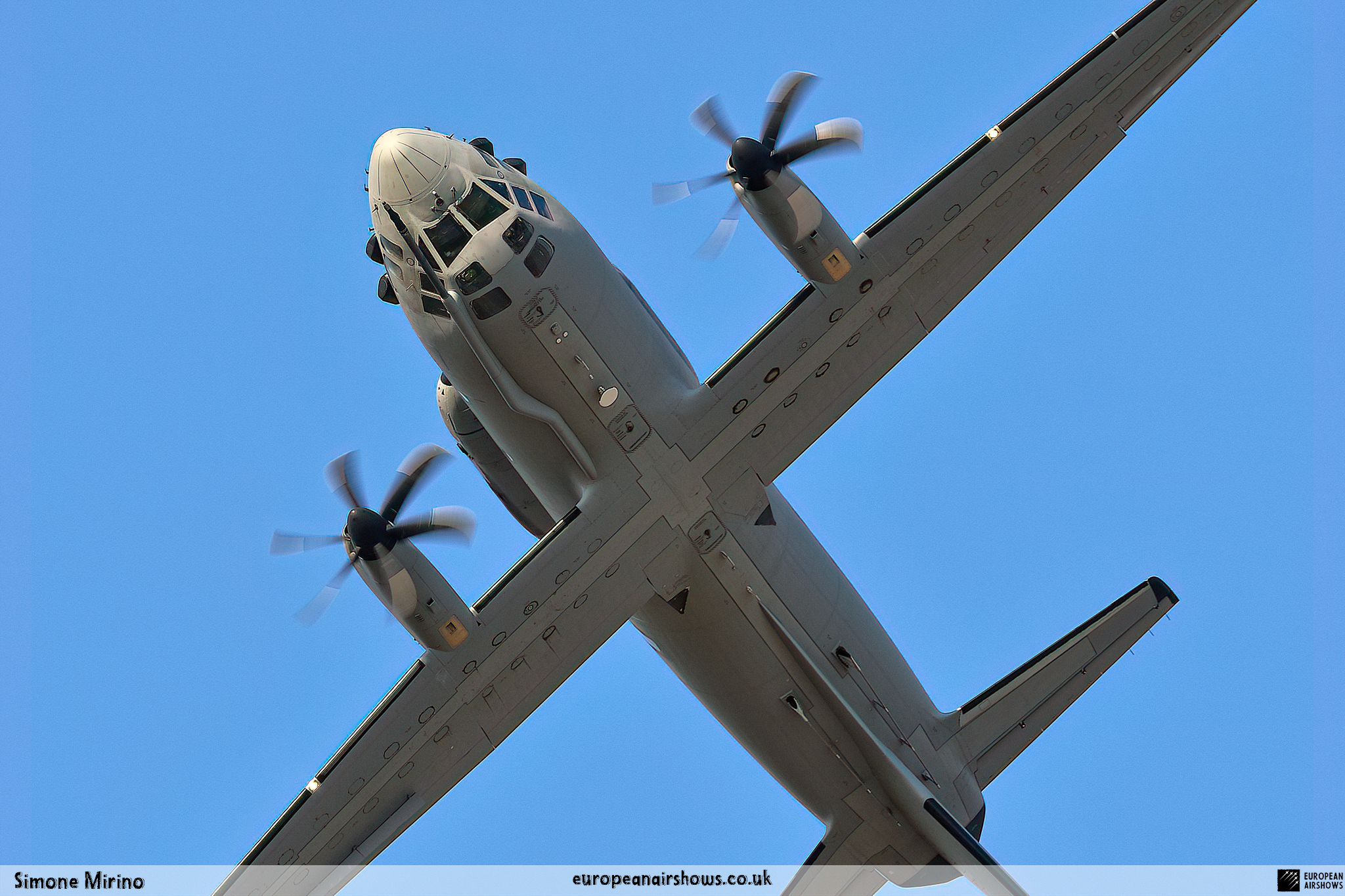
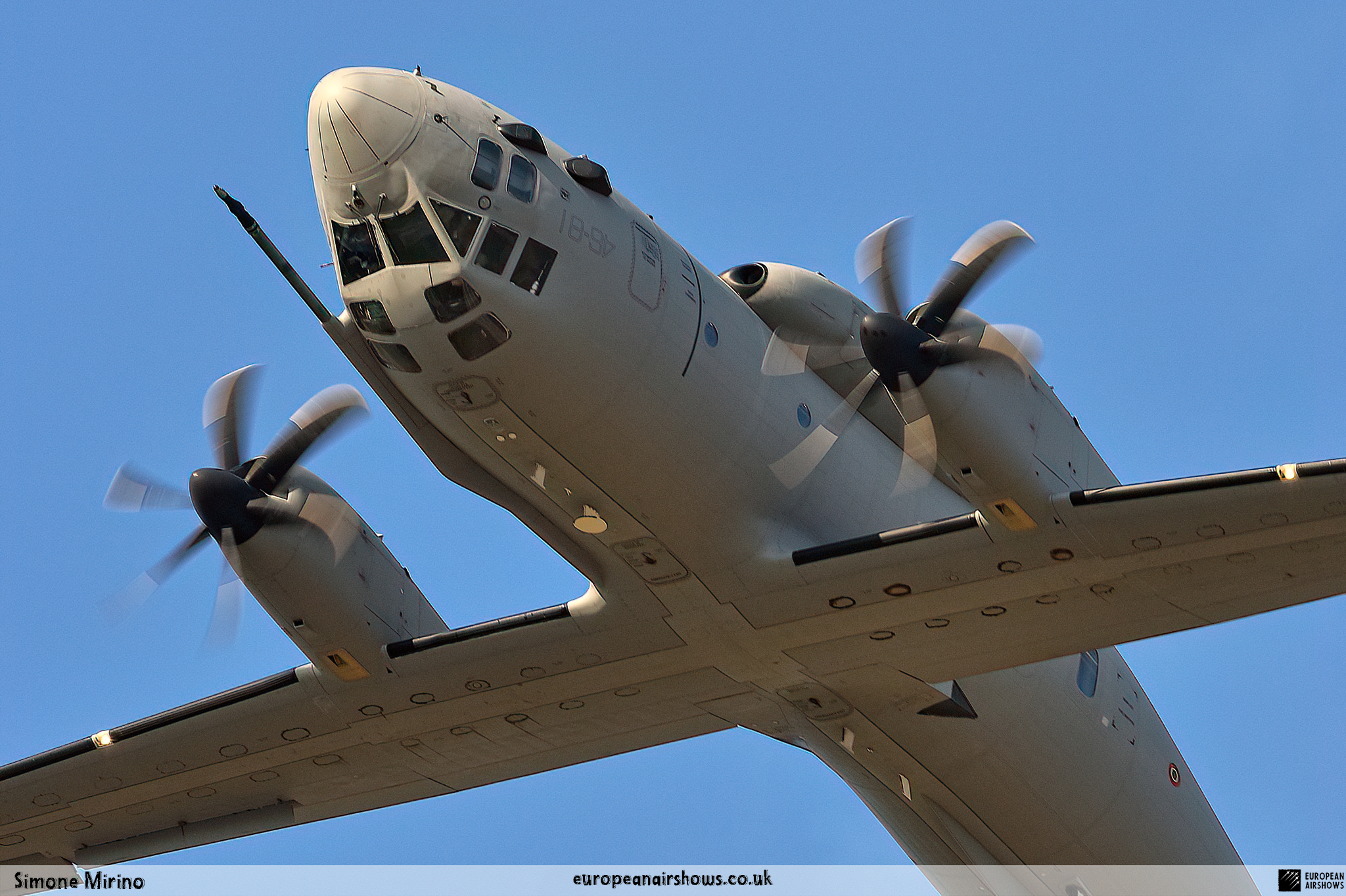
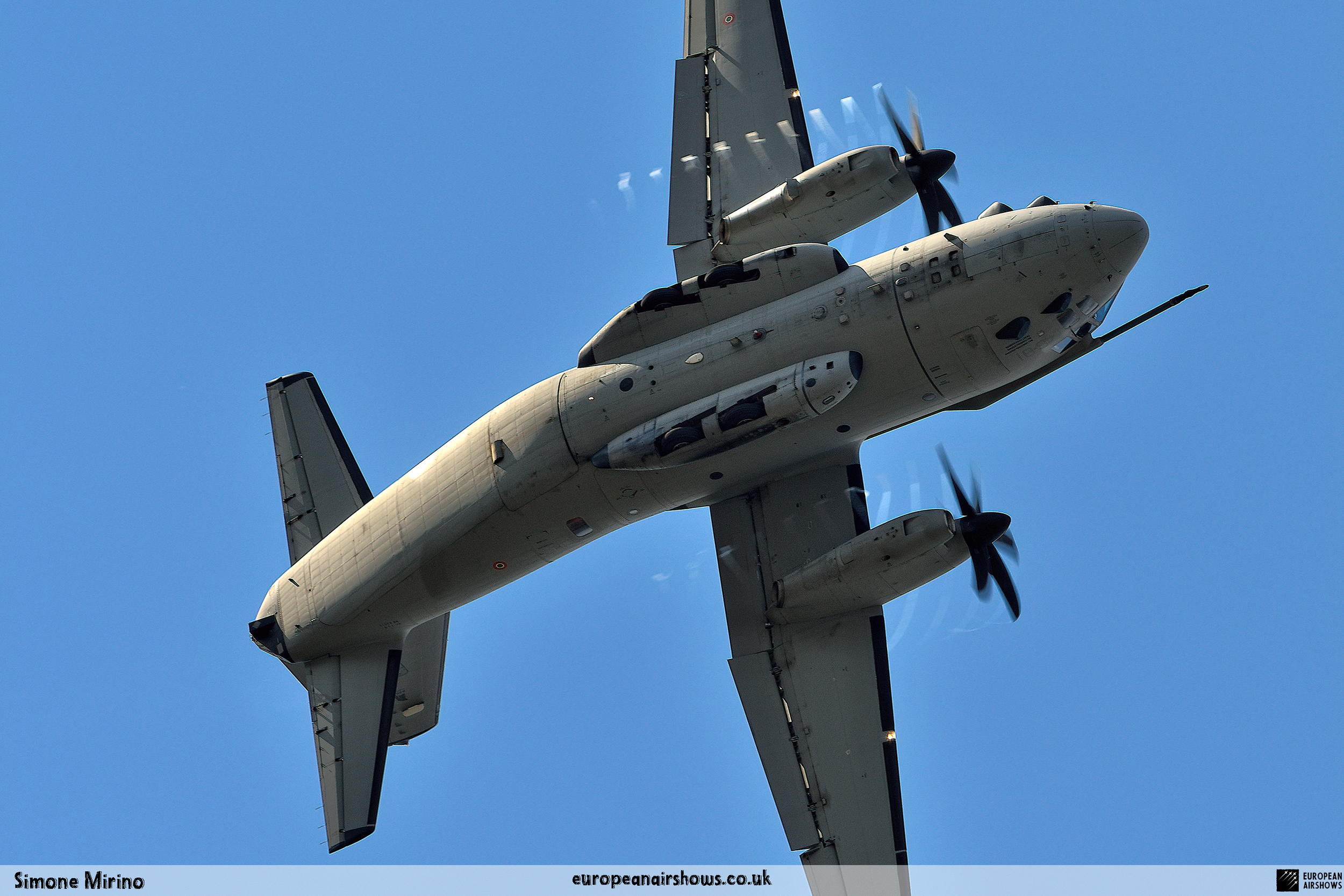

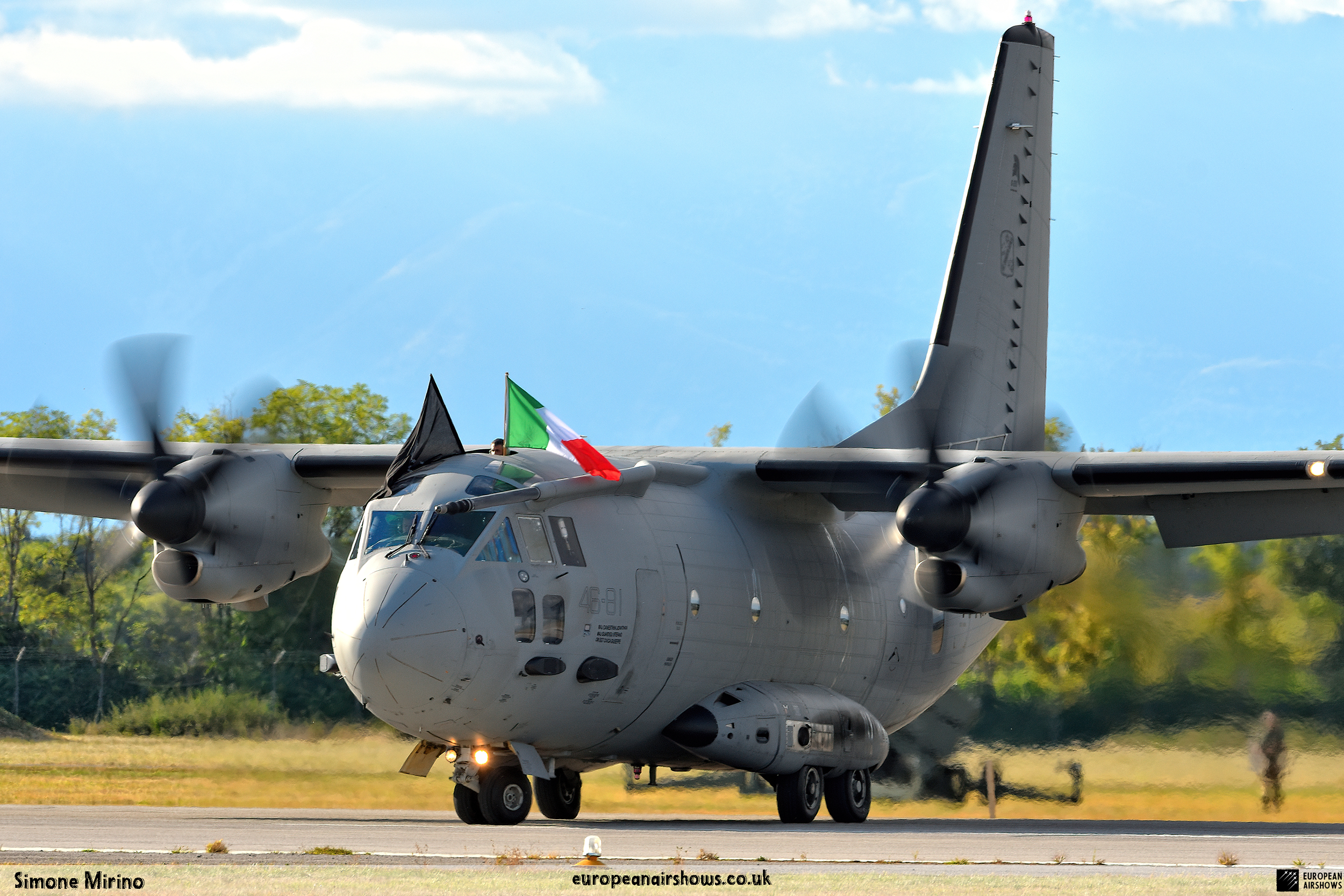
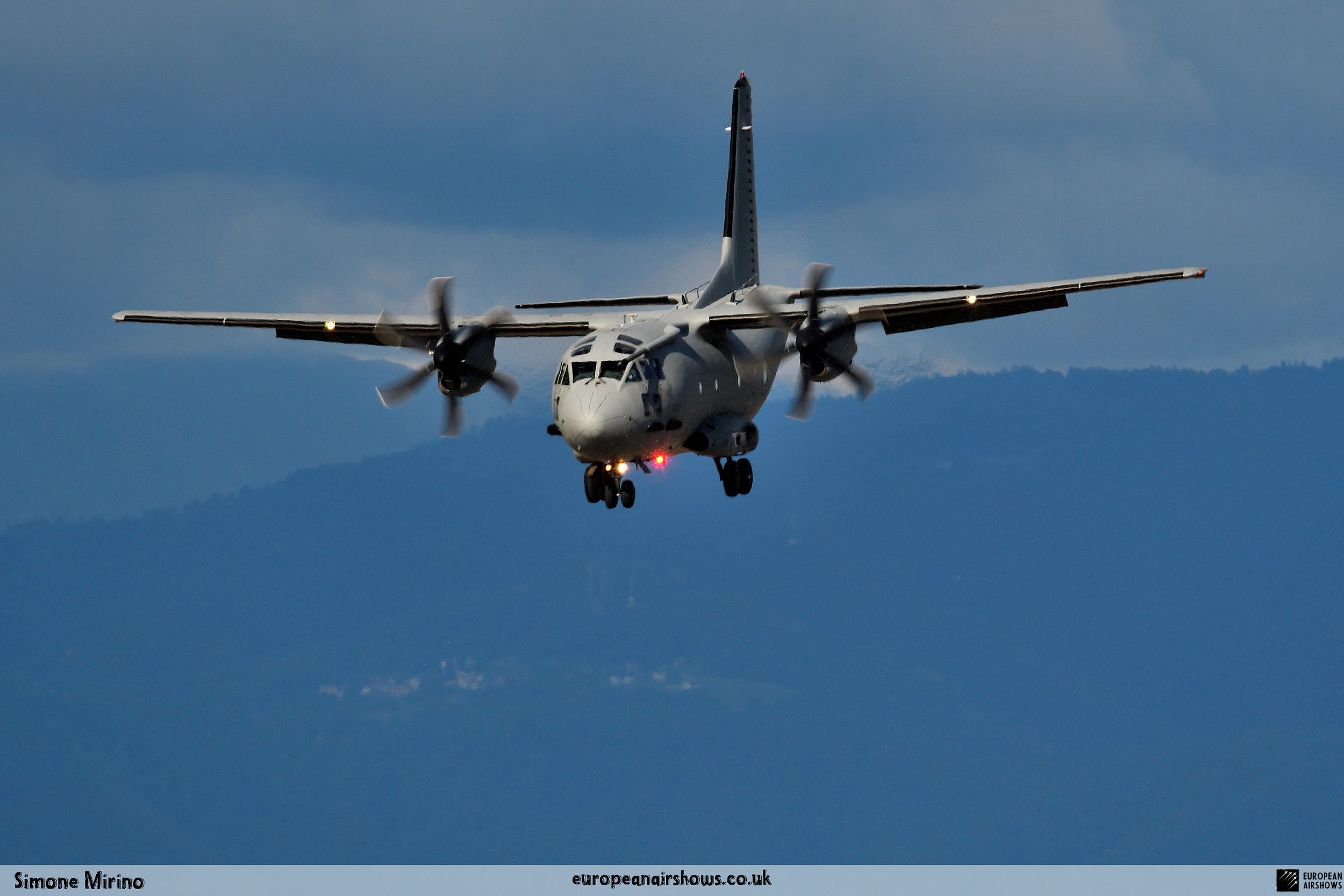


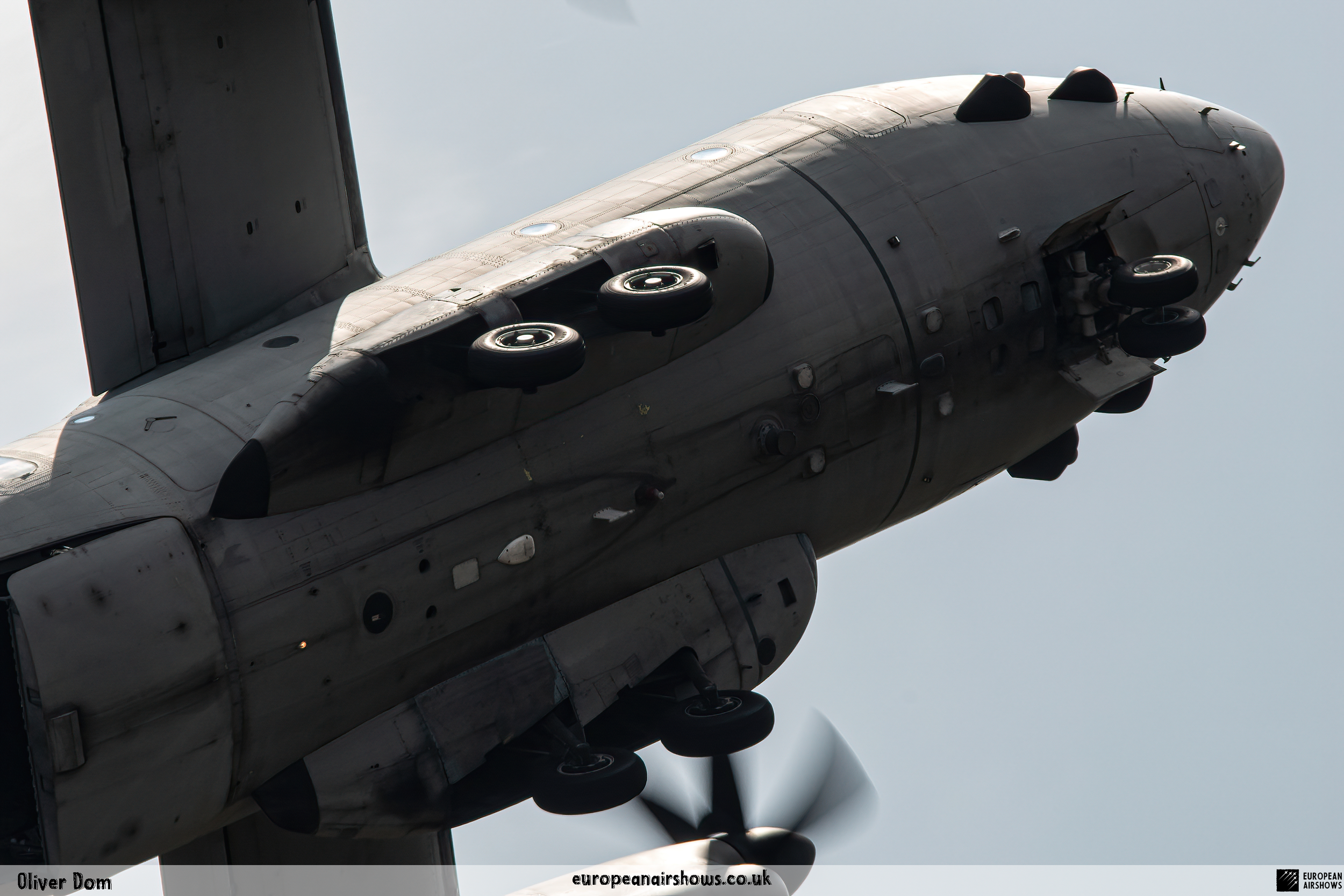

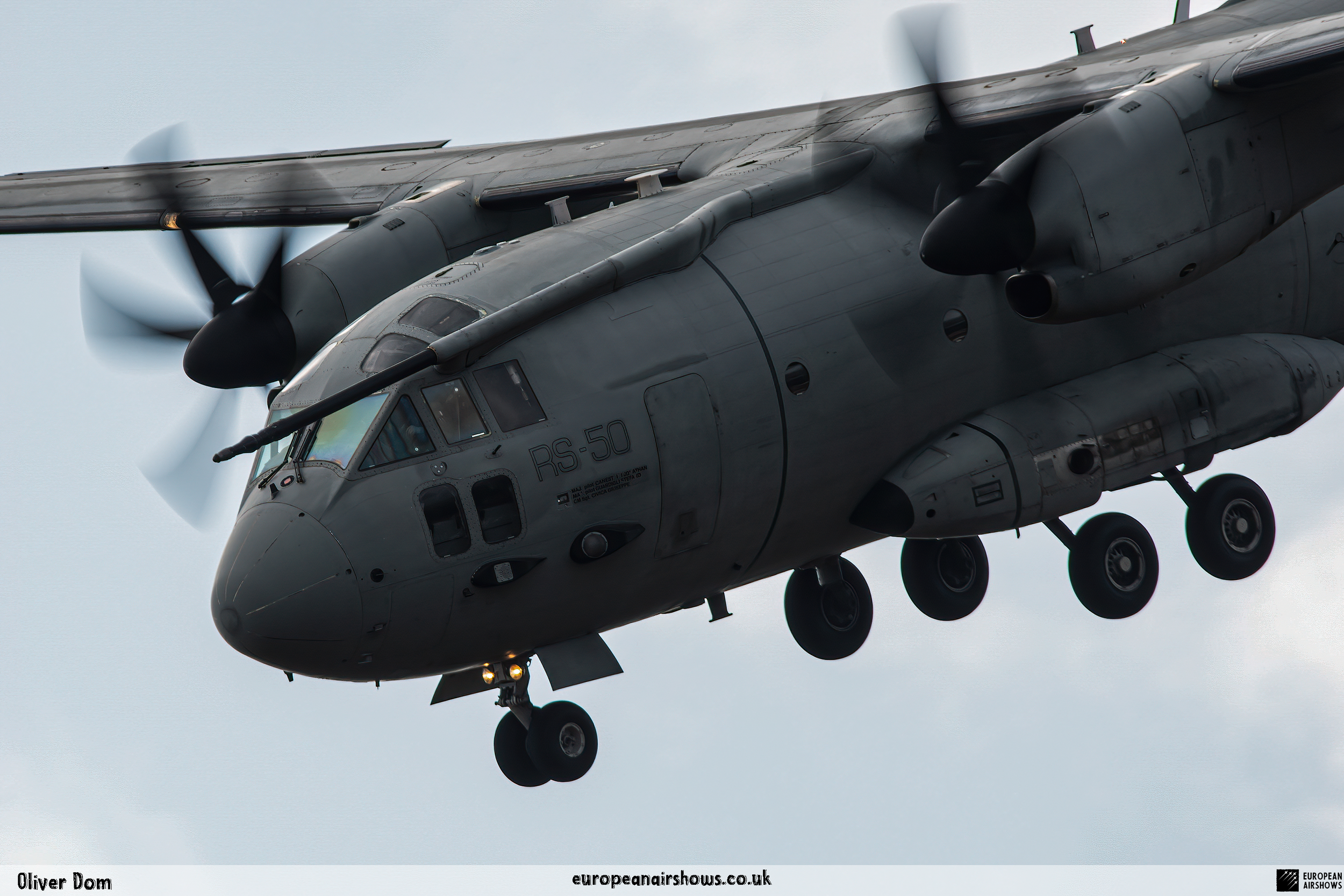

| Back to Top |































